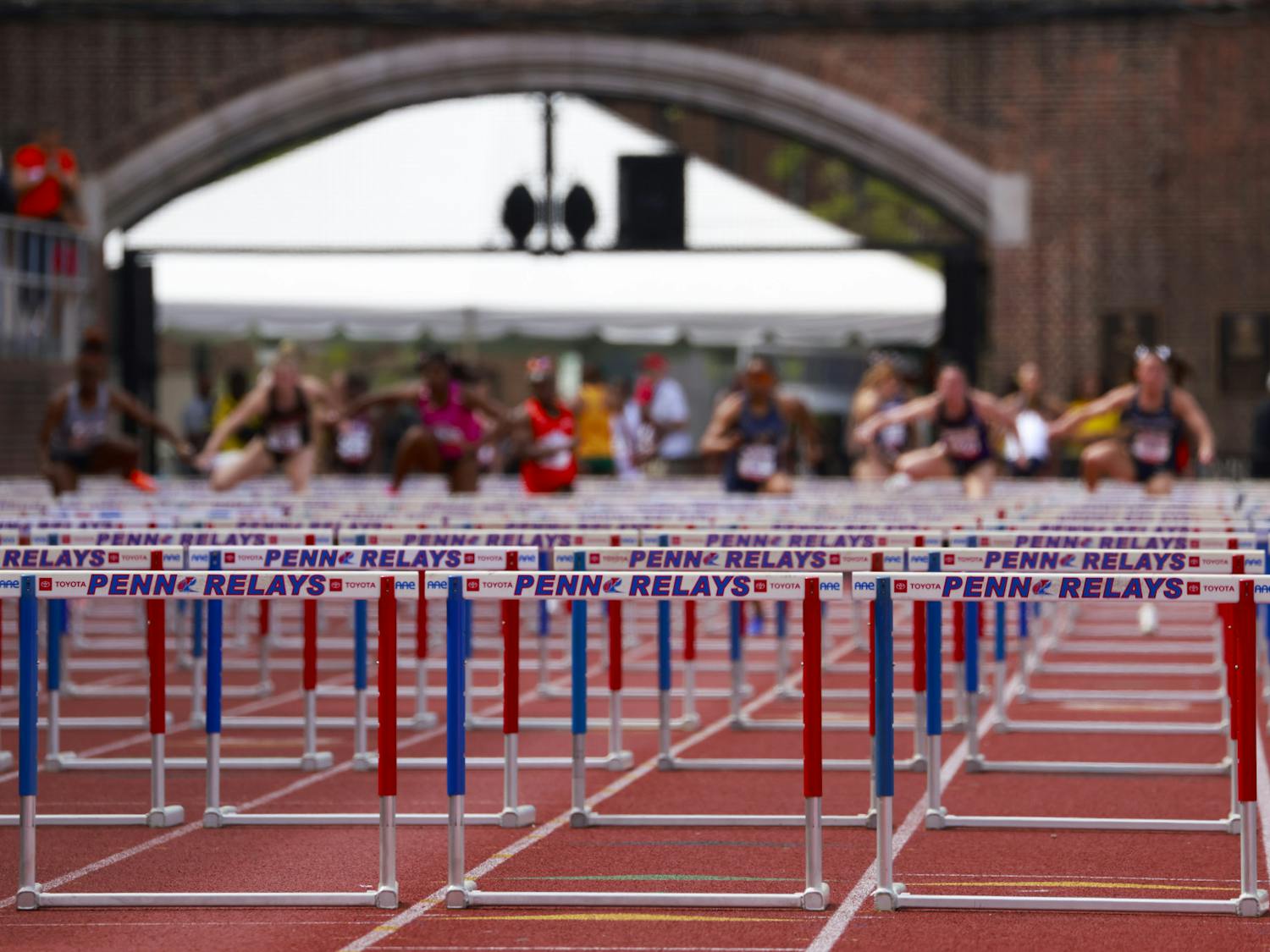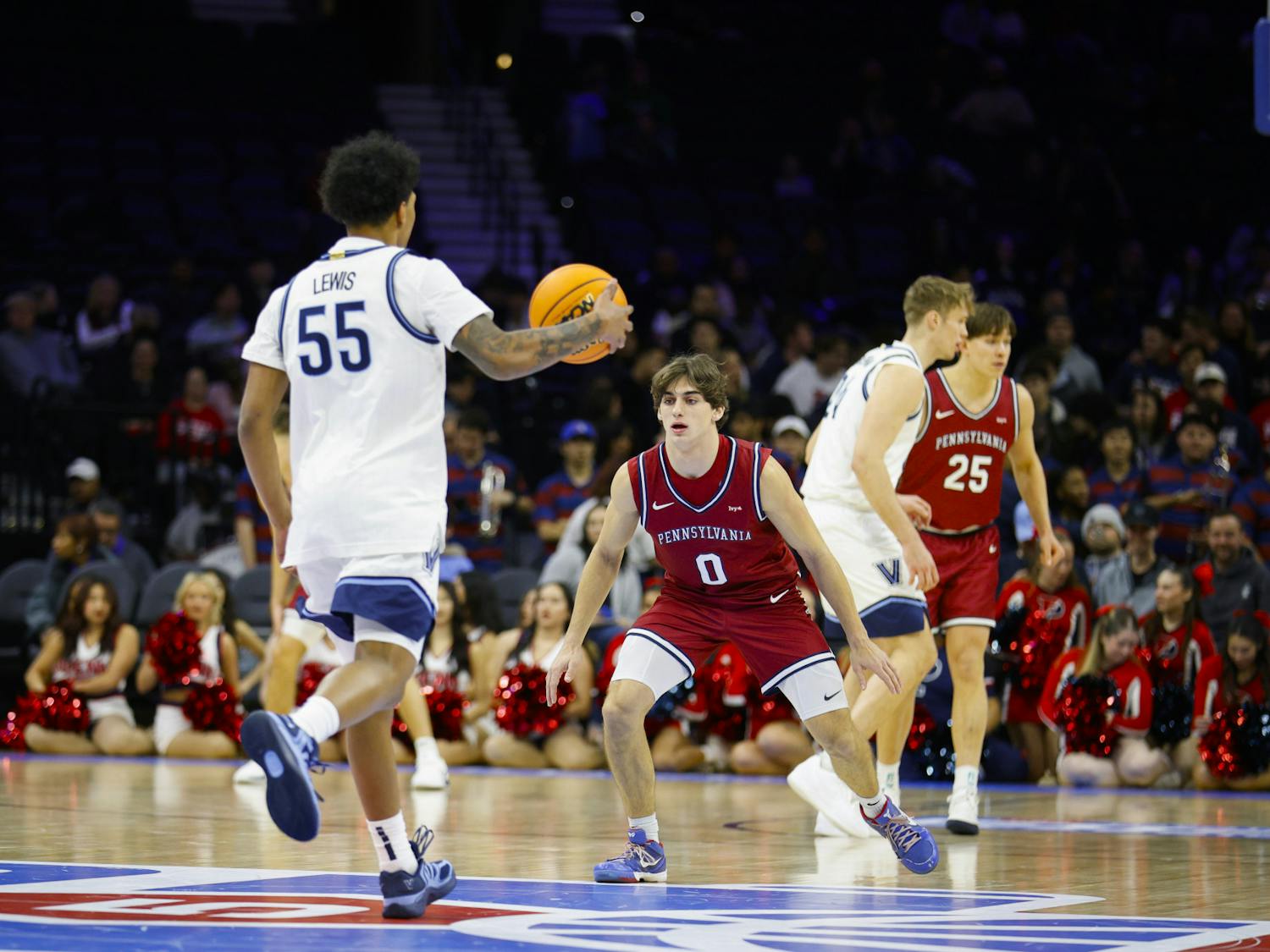Most of the time, soccer is a fast–paced game where players have to make lightning quick decisions on the fly. Sometimes, though, they get to set up first.
Set pieces are a critical part of the game of soccer. The term refers primarily to corners and free kicks — basically whenever play is stopped and the players get set up in position before the ball is returned into play.
Set pieces often are one of the best opportunities for a team to score. According to a study at MIT, in the 2016–2017 English Premier League season teams were nearly twice as likely to score from set pieces compared to open play.
This pattern also seems to extend to Penn men’s soccer’s season. Against Monmouth, the Quakers won 3–2 with both Monmouth goals and two of the three goals for the Red and Blue coming from set pieces.
With that increase in scoring, though, comes a heightened level of difficulty and an increased emphasis on technique. A team that performs well on set pieces has to play smart, plan ahead, and feel confident that every player out on the field knows what to do and when to do it.
“Set pieces are a lot about personal ownership on a situation; it's about obviously understanding the tactical pieces that we’re trying to put in place,” coach Brian Gill explained.
According to that same study, corners are about twice as likely to result in a score as a free kick. Last season, the Quakers found that to be true: Their only set piece conversion came off a corner in the last game of the season against Harvard. That gave them a conversion percentage on corners of nearly 1.5 percent, compared to the rate of opposing offenses, who converted corners at around 2.2 percent.
Outside of defending opponent opportunities and capitalizing on your own, it’s critical for teams to limit the number of corners they allow opponents to take and to play in a way that gives them as many opportunities as possible.
RELATED:
Coach Brian Gill brings player-focused approach to his first season leading men's soccer
Back and forth battle between Penn men's soccer and Drexel ends in 0-0 tie
This is something the Quakers will look to improve on this season: Last year, opponents took 90 corners while Penn took only 68.
In the first game of the season, Penn had six corners to Monmouth’s eight, and Monmouth scored twice on corners while Penn only scored once. Penn went on to win the game — in overtime off a header from Alex Touche following a free kick, no less — but will need to prevent such a high corner conversion rate from opposing offenses in the future.
“It doesn’t surprise me so much in the first game that we had some miscues there, because a lot of those things are routine, a lot of those things are repetition,” Gill said. “I think as we grow into the season those things will naturally get better on their own.”
Although in some ways the team will get better at set pieces as they improve their overall skills, that doesn’t mean the coaches or the players are taking time off in the meantime. College–level set piece schemes are far more complicated than what most smaller programs try to implement, so for a team as young as Penn is, there’s a lot to study.
“Guys coming from youth academy or club or high school stuff, set piece routines that teams run just aren't necessarily as detailed as at the next level, and those are major differentiators,” Gill explained.
The team does not just study through practice; it makes liberal use of the video room, spending hours breaking down footage and trying to understand what went right and wrong.
“One of the mainstays that I learned at a young age in coaching, especially as I got into college was how important the role of video plays in player development," Gill said. "There's some levels of statistical analysis on different things that we value, there’s fitness stuff that were working with GPS information that we’re using.”
Although the team may not have gotten off to a great start this season as far as set pieces are concerned, the new coaches have clearly made some changes, as evidenced by their first win in a season opener since 2014.
Gill will look to further improve set pieces and enhance film room study as the team hopes to continue its upward trajectory.









